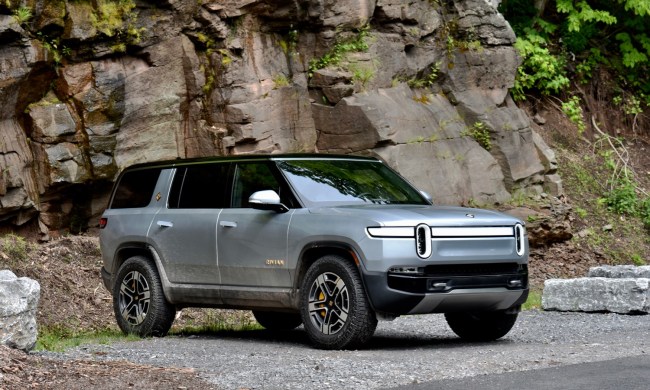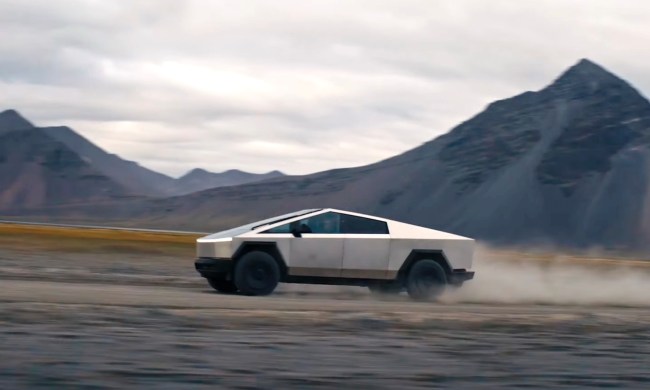
Did you know it rains on the Sun? Here on Earth, the water cycle causes water to evaporate from the surface of puddles, lakes, and oceans to form clouds, until the clouds become heavy enough that that water falls back to Earth as rain and the cycle begins again. Something similar happens on the Sun, but instead of water, it’s plasma heated to millions of degrees that moves in a cycle.
Plasma is an electrically-charged gas, so it follows the magnetic loops which arc out of the surface of the sun like a rollercoaster following its tracks. The plasma is heated until it becomes extremely energetic, then it escapes the surface of the Sun following the magnetic loop before cooling and falling back towards the Sun. As it falls it becomes what is known as “coronal rain.”
But there’s something strange about these loops. Scientists aren’t sure why, but the outer atmosphere of the Sun is much hotter than its surface — up to 300 times hotter. And the coronal rain only occurs when the plasma is heated to a high temperature at the very bottom of its loop. That means these loops indicate where the corona is hottest.
Now new research has raised even more questions about this phenomenon. Graduate student Emily Mason was looking for coronal rain in the biggest loops, called helmet streamers, which are millions of miles tall. But strangely, she didn’t find any coronal rain in these massive loops at all. Instead, she found coronal rain in much smaller magnetic structures, some of which were only 30,000 miles high — which is just 2% of the height of the largest loops.

These findings are important because they indicate that the process of heating in the corona is much more localized that was previously thought. Additionally, Mason found some cases where coronal rain didn’t only happen in closed loops, but also on open magnetic field lines — something that was previously thought to be impossible.
The researchers now believe that plasma may start off on a closed loop but switch to an open line when the two bump together. Some of the plasma on the now open line will fall back to the Sun as coronal rain, while the rest of it shoots off into space as stellar winds.
Mason is hopeful that new data from the Parker Solar Probe will help solve this mystery. And she is looking forward to getting huge bundles of new data: “It sounds like a slog, but honestly it’s my favorite thing,” she said in a statement. “I mean that’s why we built something that takes that many images of the Sun: So we can look at them and figure it out.”



